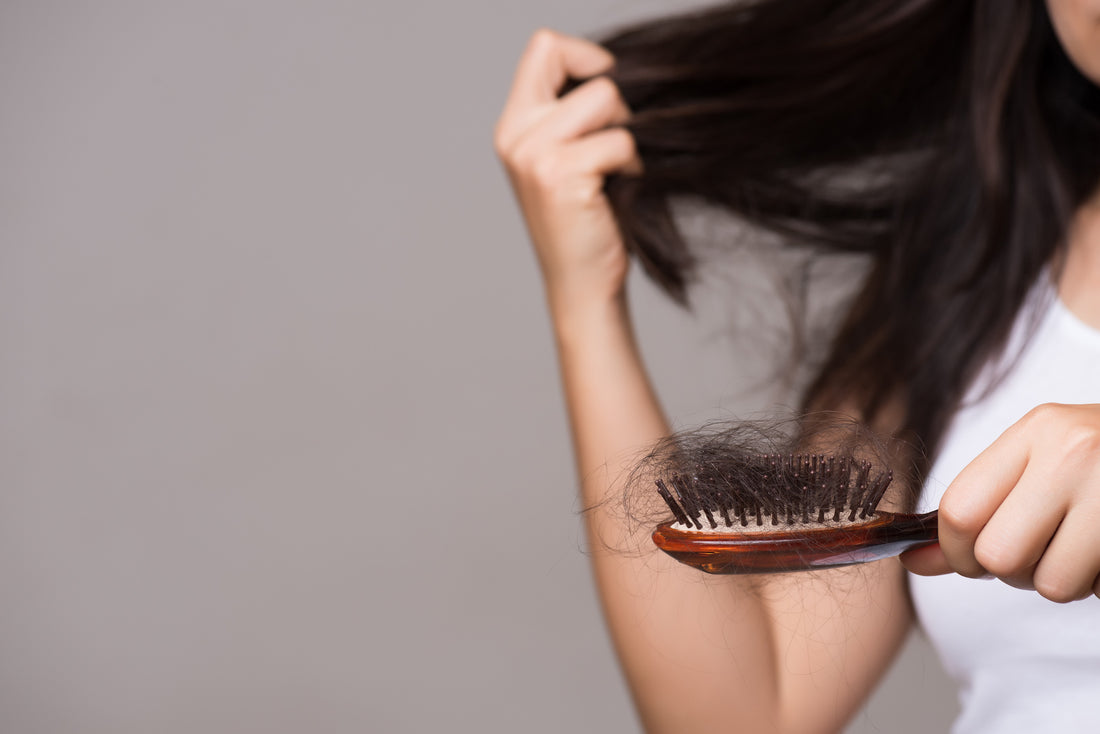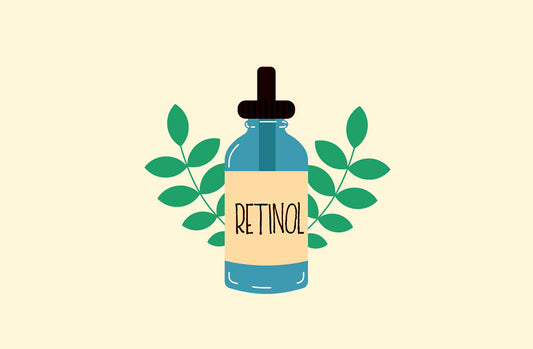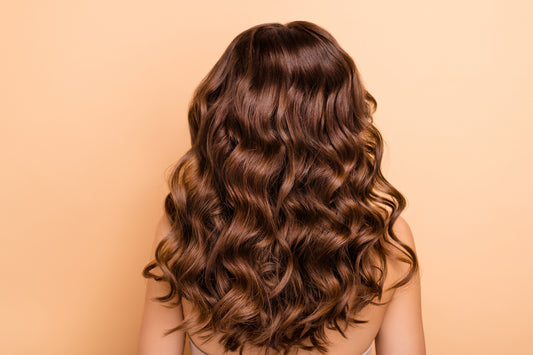One of the most challenging aspects of dealing with hair thinning is determining exactly what is triggering that loss. By taking a closer look at your symptoms and lifestyle (and in some cases, meeting with a board certified dermatologist), you can zero in on the potential causes of your hair loss to create a targeted action plan.
Symptoms of Hair Loss
Hair loss (also known as alopecia) doesn’t look the same from person to person. Depending on the underlying cause, it can be gradual or rapid, or temporary or permanent. These are some of the most common symptoms of hair loss:
- Gradual thinning on the top of the head or a widening part.
- Receding hairline.
- Sudden rapid shedding, leading to more hair falling out than usual.
- Circular or patchy bald spots on the scalp, eyebrows, beard, and/or other parts of the body.
In some cases, hair loss may be accompanied by other symptoms. This can include inflammation, tenderness, burning, severe itching, and/or white areas of scarring. If you’re dealing with any of these symptoms, meet with a board certified dermatologist to properly diagnose your condition.
Main Causes of Hair Loss in Men & Women
Being informed as to what causes hair loss can help you determine what factor(s) may be responsible. While there are many different causes that can contribute to hair loss, these are some of the most common:
Family History: Hereditary hair loss (known as androgenetic alopecia) is an incredibly common form of hair thinning tied to genetics, aging, and hormonal shifts.1 With this type of loss, the follicles slowly shrink, and eventually become unable to grow new hair. Men will typically see this as a receding hairline or thinning on the top of the head, whereas it presents in women as thinning along the part.
Nutritional Deficiencies: Deficiencies in vitamins and nutrients like folic acid, riboflavin, biotin, vitamin B12, iron, and vitamin D have been tied to hair loss.2
Traumatic Events: Sudden hair loss related to a traumatic event (such as a surgery, major illness, or a time period with high levels of stress) is referred to as telogen effluvium. This typically occurs about 90 days after the event. Telogen effluvium often resolves on its own, but treatments can help speed up the hair regrowth process.
Pregnancy and Childbirth: The fluctuations in hormonal levels during pregnancy and childbirth can cause excess hair shedding. This typically peaks around four months post-birth, and most women will return to normal hair growth within a year (but treatments may help shorten the timeline).3
Tight Hairstyles: Regularly wearing your hair in a style that tightly pulls on your hair (such as a high ponytail or cornrows) can lead to a form of hair loss called traction alopecia.4 It mainly causes thinning along the hairline, and can be permanent if not treated quickly.
Medical Conditions: There are a range of medical conditions that can lead to hair loss. This includes alopecia areata, an autoimmune disorder that leads to circular bald spots,5 as well as scarring alopecias like discoid lupus, frontal fibrosing alopecia, and central centrifugal cicatricial alopecia.6 All of these conditions should be managed by a medical professional.
Tips to Avoid Preventable Types of Hair Loss
As noted, there are underlying conditions that require medical intervention for proper health management. However, there are beneficial hair-supporting habits anyone can work into their routine to help avoid preventable types of hair loss, as well as support the follicles and hair after temporary loss to encourage regrowth. Here are some of our top tips on how to prevent hair loss:
Use a Topical Treatment: Regularly applying a topical treatment to the scalp can help limit loss while boosting growth. For a non-prescription Minoxidil-free option, try the Foundation Skincare Hair Serum, a treatment formulated with proven ingredients like Capixyl, Stimucap, saw palmetto, and apple stem cells. It helps nourish the cuticles and follicles while stimulating the hair stem cells and root to encourage growth and help prevent loss related to a range of underlying conditions.
Target Nutritional Deficiencies with a Supplement: In addition to maintaining a balanced diet, an expertly formulated supplement can help get your hair back on track. The Foundation Skincare UnTangled Hair Supplement contains clinically proven vitamins, minerals, acids, and herbs to not only help address deficiencies, but also give your body the building blocks needed for optimal growth of healthy and strong hair.
Avoid Tight Hairstyles: While you don’t have to completely ditch your favorite hairstyles, limiting them is important for preventing hair loss – especially when you’re already dealing with thinning hair. Alternatively, style your hair in a low ponytail, or keep it out of your face with a scarf.
Dealing with hair loss may not always be easy, but that doesn’t mean all hope is lost.
By getting to the root cause of your hair loss and implementing beneficial habits into your routine, you can help slow down the hair loss cycle – and in many cases, you may even be able to boost regrowth.
References:
6 https://www.ncbi.nlm.nih.gov/pmc/articles/PMC8698437/





